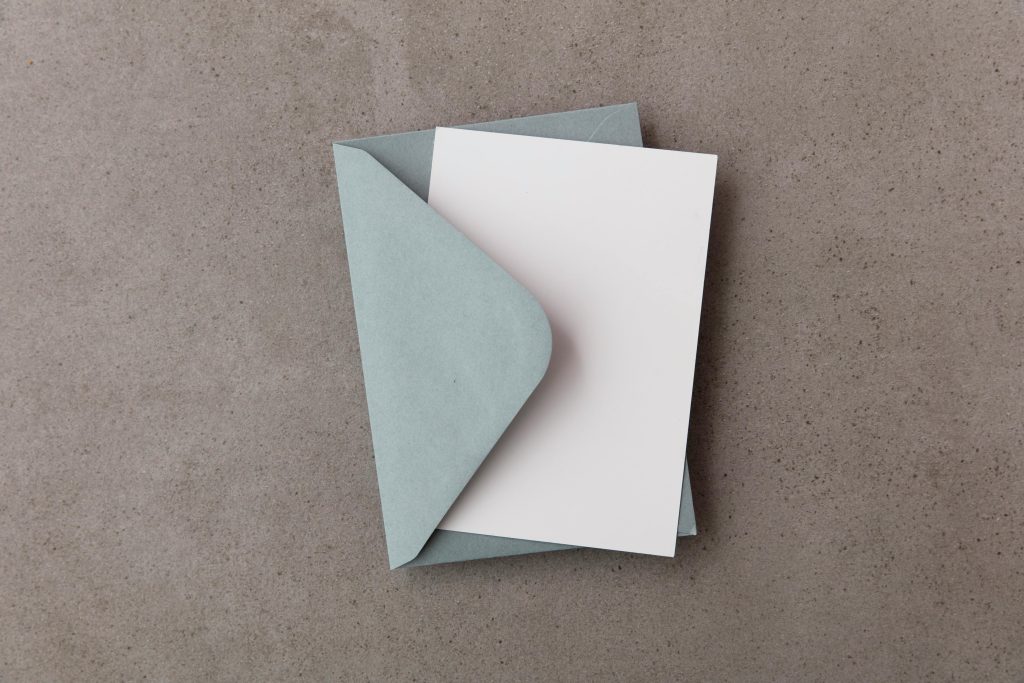A Midnight Epiphany: Rethinking My PC Build
Late-night contemplation can lead to some unexpected insights, as I recently discovered during a restless 3 a.m. scroll through tech specifications. Eight months into owning my self-built PC, which features a solid Ryzen 5 processor, 32GB of RAM, and an RTX 3060 graphics card, I have been quite content with my setup—especially after upgrading from my outdated machine thanks to some luck in Stake slots.
However, during my late-night dive, I stumbled upon a realization that has left me feeling both intrigued and a bit startled. Despite my obsession with optimizing my CPU and GPU, I completely overlooked the impact of my storage configuration. My operating system is still installed on a SATA SSD, while a pristine NVMe slot on my motherboard remains unused—like an uncharted territory waiting to be explored.
This revelation begs the question: Is it common to focus so heavily on processing power while neglecting storage speed? Have I unwittingly hampered my high-performance components by sticking with mediocre storage? The thought of having potentially impeded my rig’s performance due to this oversight is unsettling.
I can’t help but wonder about the tangible benefits I would experience if I were to transfer my OS to an NVMe drive. Would it significantly enhance loading times and overall system responsiveness?
As I reflect on this late-night epiphany, I realize that I may have been approaching PC building all wrong. But before I spiral further into self-doubt, I hope I’m not alone in this experience. Have you also faced similar realizations about your own setup, or am I simply overanalyzing my rig choices at an ungodly hour? Your thoughts would be greatly appreciated!
Share this content:




It’s completely understandable to have these moments of realization, especially when delving deep into the intricacies of your PC build. Upgrading to an NVMe SSD for your operating system can provide noticeable improvements in boot times, application load times, and overall system responsiveness compared to SATA SSDs. If you haven’t already, consider cloning your current OS drive to the NVMe using reliable disk cloning software (like Macrium Reflect or Clonezilla), then set the NVMe as your boot drive in BIOS.
Additionally, ensure your motherboard’s BIOS is updated to support optimal NVMe performance and that the NVMe slot is configured correctly (e.g., PCIe mode enabled). Once your OS is transferred, verify that your storage drivers are up to date for maximum compatibility and performance.
While processing power is vital, the speed of your storage subsystem can significantly influence overall system performance, especially in tasks like gaming, content creation, or large file transfers. It’s great to see you being proactive about optimizing your build. Feel free to ask if you need step-by-step guidance on migrating your OS or configuring your BIOS settings.